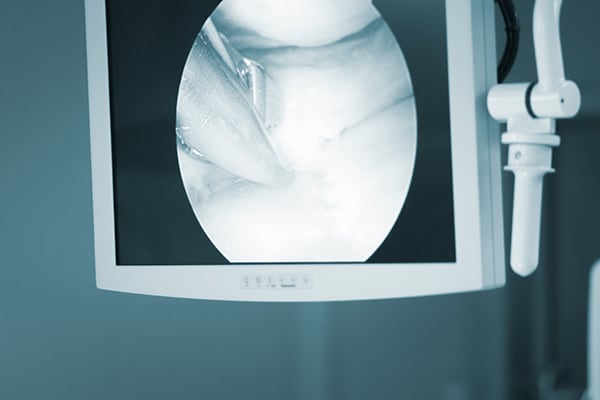February 2, 2017

One of the more important innovations in modern surgical principles is that of minimally invasive approaches. The fact is that surgery, itself, causes trauma. By this we mean some degree of tissue damage is created whenever an incision is made. A skilled surgeon endeavors to minimize any tissue damage during the act of surgery.
Recently, advanced techniques have been developed to keep incisions and surgical trauma to a bare minimum. As a result, the pain, swelling and inflammation are much less and the patient can expect a quicker recovery. This principle is called minimally invasive surgery, or MIS.
The purpose of MIS is to create the least amount of tissue damage to address the underlying injury and the trade-off significantly favors the beneficial side of the equation. This is at the heart of the risk benefit equation. As every kid knows, the less you the scratch a wound, the quicker it heals. The amount of healing correlates to the degree of tissue damage or trauma; whether this damage is the result of external trauma, or the trauma of the surgery itself. Surgeons endeavor to create the least amount of tissue trauma.
This principle is the essence of “minimally invasive surgery.” The lesser the amount of surgical insult to the tissue, the lesser healing required, and therefore the quicker the recovery.
The principles of minimally invasive surgery are incorporated in nearly all the procedures Dr. Nordt performs. Strict adherence to delicate surgical technique, minimal incisions and meticulous control of bleeding all contribute to faster recovery times. Dr. Nordt utilizes MIS techniques whenever indicated, including arthroscopic procedures of the shoulder, hip and knee. Small and limited incisions on knee replacement and complex reconstructive knee surgeries are also utilized.
